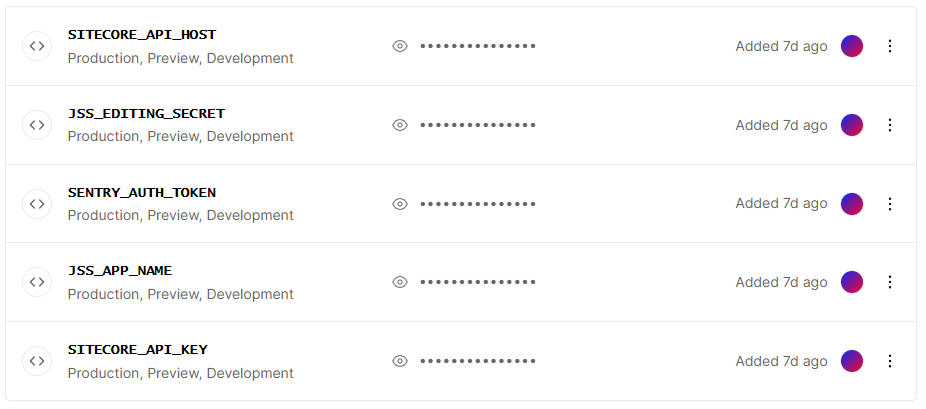I recently ran into an issue with Experience Edge where I had a datasource item droptree field pointing to a template field. I was using graphQL to retrieve the targetItem and then it's id.
fragment taxonomyTermFields on Item {
... on TaxonomyTerm {
description {
value
jsonValue
}
termName {
value
jsonValue
}
}
}
query ProductCategoryList($datasource: String!, $language: String!) {
# Datasource query
# $datasource will always be set to the ID of the rendering's datasource item
# (as long as the GraphQLData helper is used)
datasource: item(path: $datasource, language: $language) {
id
name
... on ProductCategoryListing {
templateFilter {
targetItem {
id
}
}
root {
targetItem {
id
}
}
filters {
targetItem {
name
displayName
children {
results {
id
...taxonomyTermFields
}
}
... on TaxonomyFolder {
title {
value
jsonValue
}
}
}
}
linkSectionTitle {
value
jsonValue
}
links {
value
jsonValue
}
}
}
fragment taxonomyTermFields on Item {
... on TaxonomyTerm {
description {
value
jsonValue
}
termName {
value
jsonValue
}
}
}
query ProductCategoryList($datasource: String!, $language: String!) {
# Datasource query
# $datasource will always be set to the ID of the rendering's datasource item
# (as long as the GraphQLData helper is used)
datasource: item(path: $datasource, language: $language) {
id
name
... on ProductCategoryListing {
templateFilter {
value
}
root {
value
}
filters {
targetItem {
name
displayName
children {
results {
id
...taxonomyTermFields
}
}
... on TaxonomyFolder {
title {
value
jsonValue
}
}
}
}
linkSectionTitle {
value
jsonValue
}
links {
value
jsonValue
}
}
}

